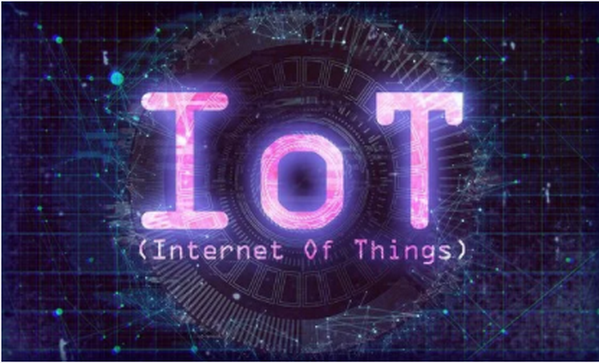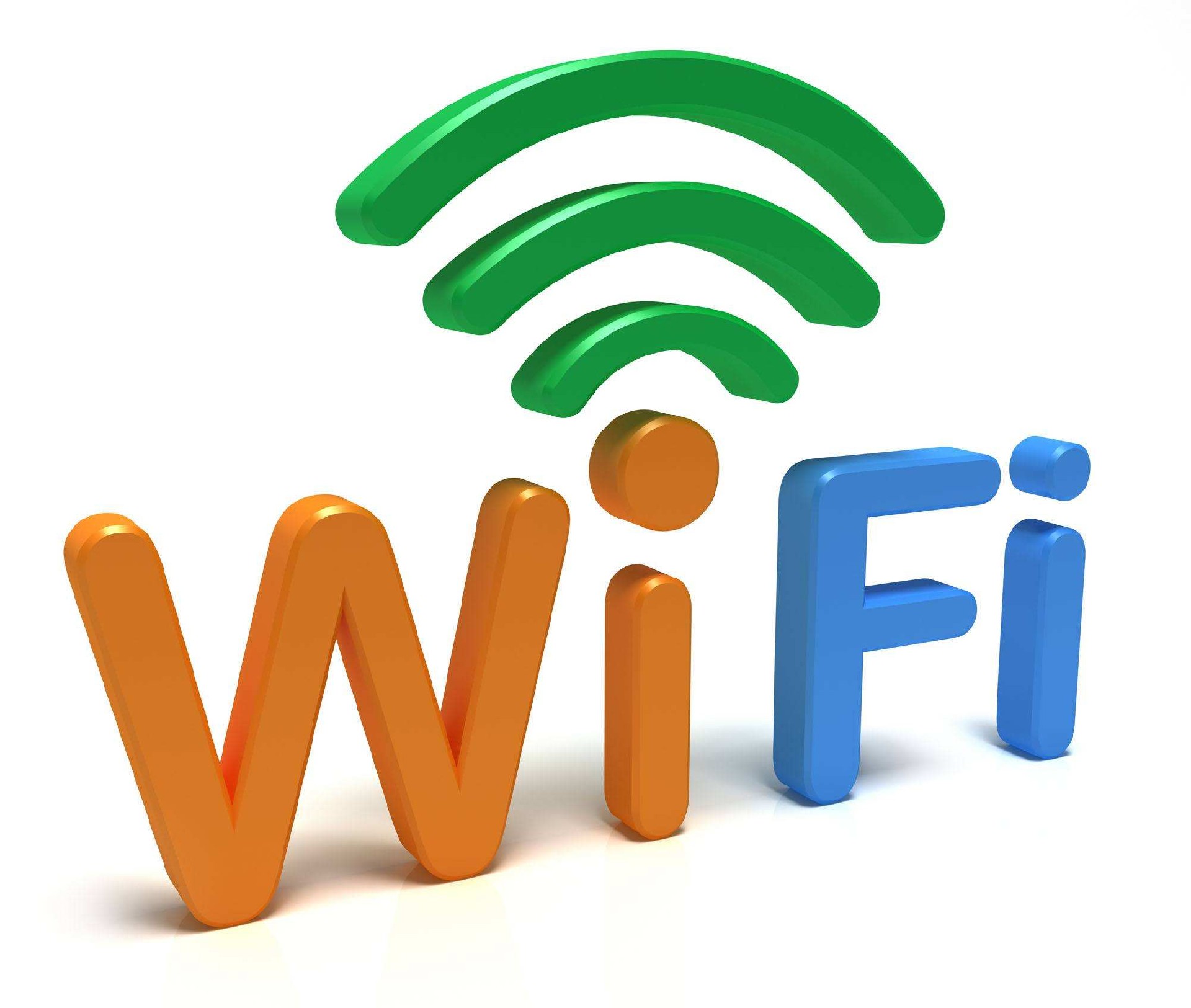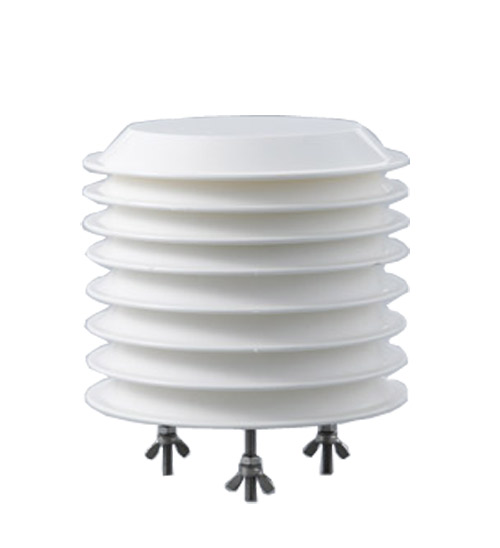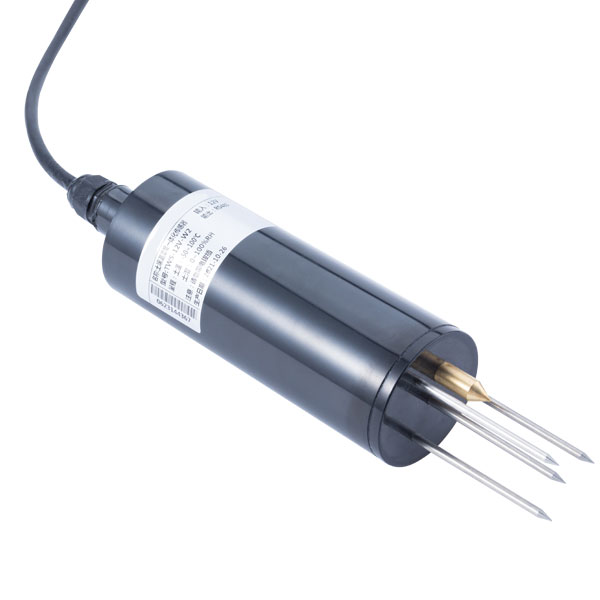

— Blogs —
—Products—
 Consumer hotline +8618073152920
Consumer hotline +8618073152920 WhatsApp:+8615367865107
Address:Room 102, District D, Houhu Industrial Park, Yuelu District, Changsha City, Hunan Province, China
Product knowledge
Time:2021-12-25 15:15:34 Popularity:1331
Comparative analysis of ten major IoT communication technologies
As a basic technology, wireless communication technology is very important for IoT products and solutions. With the growth of wireless applications, there will be more and more various technologies and devices, and more and more rely on wireless communication technology. Today we use this article to take stock of the advantages and disadvantages of the main wireless communication technologies in the Internet of Things and their application scenarios.

1. The technical characteristics of Bluetooth
Bluetooth is a wireless technology standard that can realize short-distance data exchange between fixed devices, mobile devices and building personal area networks. Bluetooth can connect multiple devices to overcome the problem of data synchronization. The characteristics of Bluetooth technology include the use of frequency hopping technology to resist signal fading; fast frequency hopping and short packet technology can reduce co-frequency interference and ensure the reliability of transmission; forward error correction coding technology can reduce the influence of random noise during long-distance transmission; Use FM modulation method to reduce the complexity of the equipment, etc. The Bluetooth master device can communicate with up to seven devices in a piconet, and the roles can be switched between the devices through the protocol, and the slave device can also be converted to the master device.
2. Technical characteristics of ZigBee
Different from Bluetooth technology, ZigBee technology is a short-distance, low-power, and inexpensive wireless communication technology. It is a wireless network protocol for low-speed and short-distance transmission. Features are close range, low complexity, self-organization, low power consumption, and low data rate. The ZigBee protocol from bottom to top is the physical layer, media access control layer, transport layer, network layer, application layer, etc., among which the physical layer and The media access control layer complies with the provisions of the IEEE 802.15.4 standard. ZigBee technology is suitable for automatic control and remote control, and can be embedded in various devices.

3, Wi-Fi technical characteristics
Wi-Fi is very common in our lives. Almost all public places in first-tier cities have wireless networks. This is due to its low cost and transmission characteristics. Wi-Fi is a technology that allows electronic devices to connect to a wireless local area network. It usually uses 2.4G UHF or 5G SHF ISM radio frequency bands. Connecting to a wireless local area network is usually password-protected; but it can also be open, which allows any Devices within WLAN range can be connected.
4, LiFi technical characteristics
LiFi is also called visible light wireless communication. It is a new wireless transmission technology that uses visible light spectrum for data transmission. LiFi uses already laid equipment to form a device similar to a WiFi hotspot by implanting a tiny chip on a light bulb. Enable the terminal to access the network at any time. The biggest feature is that data transmission is carried out by changing the flicker frequency of the room lighting light, as long as the electricity is turned on indoors.
The lamp can be connected to the Internet without WiFi, and has a wide range of application prospects in smart homes in the future.
5. Technical characteristics of GPRS
GPRS is very familiar to us. It is a mobile data service available to GSM mobile phone users and belongs to the data transmission technology in the second generation of mobile communications. GPRS is a technology between 2G and 3G, also known as 2.5G, which lays the foundation for a smooth transition from GSM to 3G. With the development of mobile communication technology, 3G, 4G, and 5G technologies have been developed, and GPRS has gradually been replaced by these technologies.
6, Z-Wave technical characteristics
Z-Wave is an emerging short-distance wireless communication technology based on radio frequency, low cost, low power consumption, high reliability, suitable for network, working frequency band is 908.42MHz (USA) ~ 868.42MHz (Europe), using FSK ( BFSK/GFSK) modulation method, data transmission rate is 9.6 kbps, suitable for narrow broadband applications. Compared with various existing wireless communication technologies, Z-Wave technology will be the technology with the lowest power consumption and lowest cost, and will strongly promote low-speed wireless personal area networks.
7. Technical characteristics of RF 433
Radio frequency 433 is also called wireless transceiver module. It adopts radio frequency technology. It is composed of a single IC radio frequency front section produced by all-digital technology and ATMEL AVR microcontroller. It can transmit data signals at a high speed and is a miniature transceiver that can package and detect errors in wireless transmission. ﹑Treatment of error correction. Applications include wireless smart terminals such as wireless POS machines, PDAs, security, wireless monitoring of equipment room equipment, and access control systems. Transportation, meteorology, environmental data collection, intelligent community, building automation, PLC, logistics tracking, warehouse inspection and other fields.
8. Technical characteristics of NFC
NFC is an emerging technology. Devices using NFC technology can exchange data when they are close to each other. It is evolved from the integration of non-contact radio frequency identification (RFID) and interconnection technologies. It integrates the functions of inductive card reader, inductive card and point-to-point communication, and uses mobile terminals to realize applications such as mobile payment, access control, and identification. It has realized multiple functions such as electronic payment, identity authentication, ticketing, data exchange, anti-counterfeiting, advertising, etc. It has changed the way users use mobile phones and gradually made their consumption behaviors electronic.
9, UWB technical characteristics
UWB is a non-carrier communication technology that uses nanosecond to microsecond non-sine wave narrow pulses to transmit data. Unlike traditional wireless systems with relatively narrow bandwidths such as Bluetooth and WLAN, UWB can send a series of very narrow low-power pulses over a wide frequency. The wider frequency spectrum, lower power, and pulsed data mean that UWB causes less interference than traditional narrowband wireless solutions, and can provide performance comparable to wired in indoor wireless environments.
10, Modbus technical characteristics
Modbus is a serial communication protocol. Modbus has become an industry standard for communication protocols in the industrial field, and it is now a common connection method between industrial electronic devices. The Modbus protocol is a master/slave architecture protocol. There is a master node, and other nodes that use the Modbus protocol to participate in communication are slave nodes, and each slave device has a unique address. In serial and MB+ networks, only the node designated as the master node can initiate a command. There are many modems and gateways that support the Modbus protocol, because the Modbus protocol is simple and easy to replicate. Some of them are specially designed for this protocol, but the designer needs to overcome some problems including high latency and timing.
Prev:Narrowband and broadband is the difference between?
Next:What is a watchdog? Watchdog important to industrial routers?
Sensors & Weather Stations Catalog
Agriculture Sensors and Weather Stations Catalog-NiuBoL.pdf
Weather Stations Catalog-NiuBoL.pdf
Related recommendations
Related products
 Atmospheric Temperature Humidity Pr···
Atmospheric Temperature Humidity Pr··· Soil Temperature Moisture Sensor 4-···
Soil Temperature Moisture Sensor 4-··· Air temperature, humidity and atmos···
Air temperature, humidity and atmos···
Screenshot, WhatsApp to identify the QR code
WhatsApp number:+8615367865107
(Click on WhatsApp to copy and add friends)